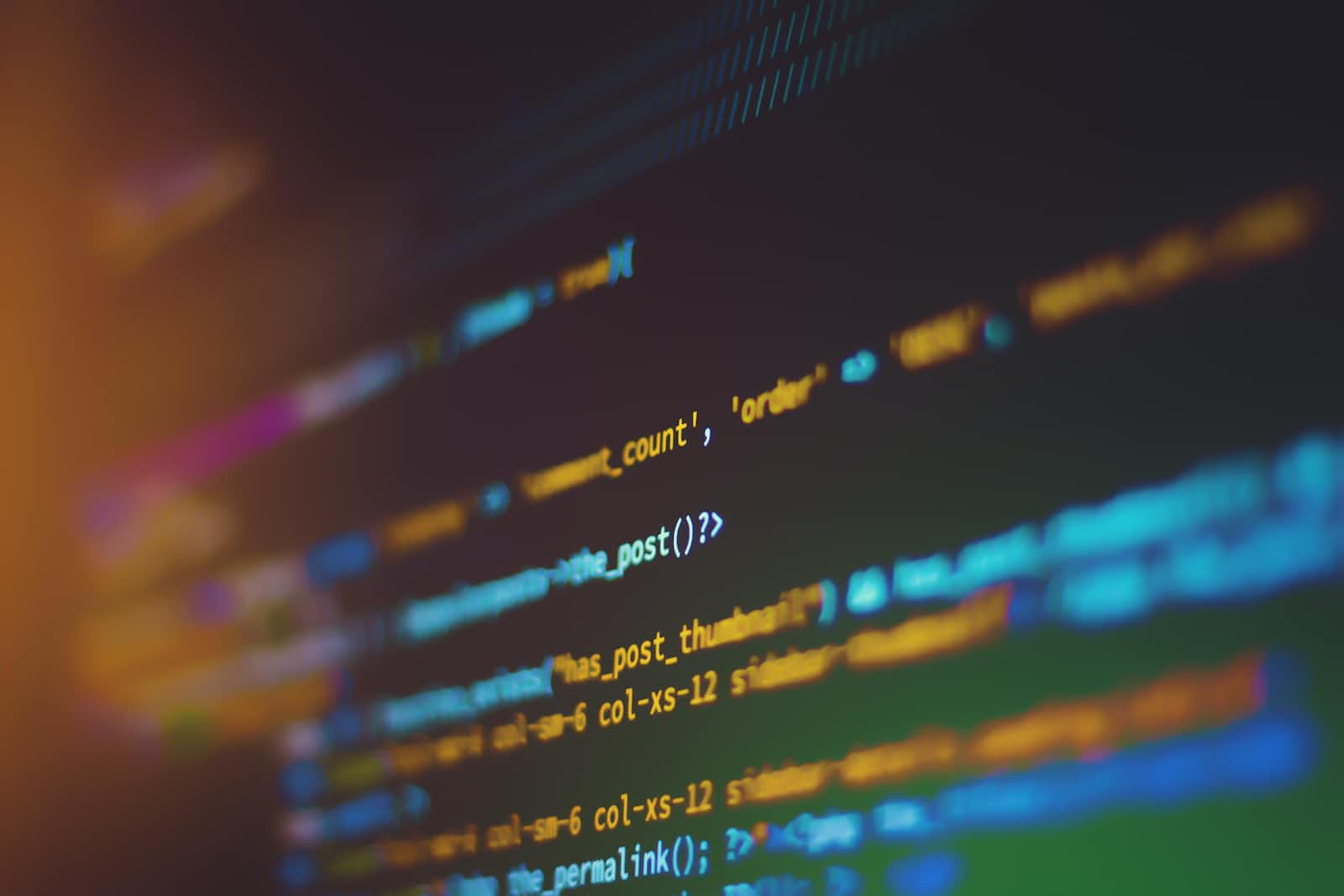Contributing to Open Source in Python
 Lakshay Kumar
Lakshay Kumar
Open-source software development is a collaborative effort where developers from around the world work together to build and improve software that is freely available for anyone to use. Python, a versatile and widely used programming language, has a vibrant open-source community that offers numerous opportunities for individuals to contribute. In this blog post, we will explore the world of open-source contributions in Python, including forking repositories on GitHub, setting up a virtual environment, editing code, and creating pull requests.
Table of Contents
1. Introduction
Contributing to open-source projects is not only a way to give back to the community but also an excellent opportunity to learn, collaborate, and build your skills as a developer. Python, with its extensive library of open-source projects, provides an ideal platform for aspiring contributors.
2. Understanding Open Source Contributions
Can I contribute to open source using Python?
Absolutely! Python is one of the most popular programming languages for open-source development. Whether you are interested in web development, data science, machine learning, or any other domain, there are numerous Python-based open-source projects awaiting contributions.
What are open-source contributions?
Open-source contributions refer to actively participating in the development of open-source software. This can include writing code, fixing bugs, creating documentation, providing support to users, or even helping with design and testing.
What is open source in Python?
Open source in Python refers to Python-based projects or libraries whose source code is publicly available, allowing anyone to view, modify, and contribute to it. These projects often have repositories hosted on platforms like GitHub, where collaboration takes place.
How do you write an open-source contribution?
Writing an open-source contribution involves several steps, including forking a repository, setting up a development environment, making code changes, testing those changes, pushing them to the repository, and finally creating a pull request (PR) to submit your contribution.
3. Getting Started
Creating a GitHub Account
To contribute to open-source projects, you'll need a GitHub account. GitHub is a popular platform for hosting and collaborating on code repositories. Go to GitHub and sign up for an account if you don't already have one.
Forking a GitHub Repository
Once you have a GitHub account, you can start contributing by forking a repository. Forking creates a copy of the original repository under your account, allowing you to work on it independently.
Visit the repository you want to contribute to. In this example, we'll use the lkcomputervision repository by Laksh Agarwal.
Click the "Fork" button in the top right corner of the repository's page. This action will create a copy of the repository under your GitHub account.

4. Setting Up Your Development Environment
Installing Python
Before you can start contributing to Python open source projects, you need to have Python installed on your computer. You can download the latest version of Python from the official Python website and follow the installation instructions for your operating system.
Using Virtual Environments
It's a best practice to work in a virtual environment when contributing to open source projects. Virtual environments isolate project-specific dependencies and prevent conflicts with other Python projects.
To create a virtual environment, open your terminal or command prompt and run the following commands:
# Create a virtual environment (replace 'myenv' with your preferred name)
python -m venv myenv
# Activate the virtual environment
# On Windows:
myenv\Scripts\activate
# On macOS and Linux:
source myenv/bin/activate
Installing Dependencies
Projects often have specific dependencies required for development. To install these dependencies, navigate to your project's directory and use the following command:
pip install -r requirements.txt
5. Making Your First Contribution
Editing Code
Now that your environment is set up, you can start making code contributions. Open the code files you want to work on using your preferred code editor.
Make sure to follow the project's contribution guidelines and coding style. These guidelines can usually be found in the project's README or CONTRIBUTING.md file.
Edit the code to implement your contribution, fix a bug, or add a new feature. Be sure to document your changes within the code and write clear commit messages to describe what you've done.
Testing Your Changes
Before sharing your contribution, it's crucial to test your changes to ensure they work as intended. Run any tests provided by the project and conduct additional testing if necessary. Make sure your code doesn't introduce new issues or break existing functionality.
6. Sharing Your Contribution
Pushing Changes to GitHub
Once you are satisfied with your code changes and tests have passed, it's time to push your changes to your forked repository on GitHub. Use the following commands:
# Add your changes to the staging area
git add .
# Commit your changes with a descriptive message
git commit -m "Your commit message here"
# Push your changes to your GitHub repository
git push origin master
Replace master with the branch name you are working on if it's not the default branch.
Creating a Pull Request
After pushing your changes, you can create a pull request (PR) to submit your contribution to the original repository. Follow these steps:
Visit your forked repository on GitHub.
Click the "Pull Request" tab.
Click the "New Pull Request" button.
Select the base repository (the original repository you forked from) and the base branch (usually "master" or "main").
Select your fork as the head repository and your branch with the changes.
Add a title and description for your pull request, explaining the purpose and details of your contribution.
Click "Create Pull Request."

Your pull request is now submitted for review by the project maintainers. Be patient, as it may take some time for them to review your code and provide feedback.
7. Conclusion
Contributing to open source in Python is a rewarding journey that allows you to collaborate with the global developer community, improve your coding skills, and give back to the projects you rely on. In this blog post, we've covered the essential steps to get started with open-source contributions in Python, from forking repositories on GitHub to creating pull requests. Remember to always follow the project's guidelines, communicate with maintainers and other contributors, and enjoy the process of making meaningful contributions to the world of open-source software.
Start your open-source journey today, and let your Python skills shine in the world of collaborative development!
Contributing to open-source projects in Python is an excellent way to grow as a developer and give back to the community. By following the steps outlined in this guide, you can embark on your open-source journey with confidence and make a positive impact on the Python ecosystem.
Subscribe to my newsletter
Read articles from Lakshay Kumar directly inside your inbox. Subscribe to the newsletter, and don't miss out.
Written by

Lakshay Kumar
Lakshay Kumar
A young aspiring Data Scientist, who love to build AI and ML applications, that can contribute as a solution in real world problems. I started my coding journey in grade 8, since then I have developed solutions to many organizations.